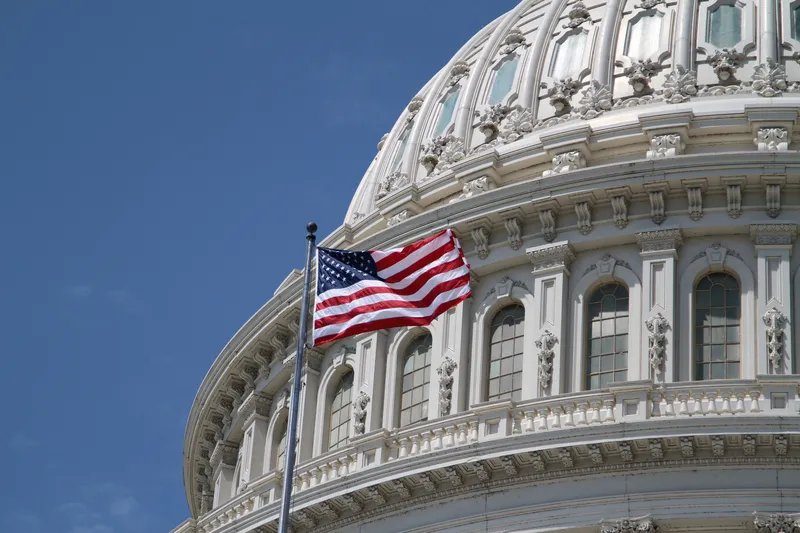A critical milestone was reached in July 2012, when the
The law, known as Map-21 (Moving Ahead for Progress in the 21st Century), provides funding for highway, transit, research, and other surface programs through the end of Fiscal Year 2014.
Although the revenue debate will continue, a discussion in which the ITS community must play a key role, new policy reforms began taking place at the beginning of October that will greatly increase the need for technology solutions, and provide new opportunities for companies in the ITS industry.
Significant reforms include, amongst others, the transition to a more performance-based transportation system with a revised statewide and metropolitan planning process that emphasizes efficient system management and operations to help achieve performance goals.
Another reform in MAP-21 is the consolidation of dozens of highway programs into four core programs – the National Highway Performance Program, Surface Transportation Program, Highway Safety Improvement Program, and Congestion Mitigation and Air Quality Program
Map-21 also requires the
Another victory for the ITS community is the restoration of funding for the federal ITS research program, which had been reduced by half in earlier versions of the bill. At the urging of
The new law also includes a number of provisions to leverage transportation dollars and reduce costly delays in infrastructure projects, such as the expansion of the TIFIA (Transportation Infrastructure Finance and Innovation Act) loan program.
Tolling authority is expanded as a way for states to raise additional revenue, while continuing to restrict tolling on most of the interstate system.
The legislation declares it is in the national interest to promote the use of innovative technologies and practices that increase the efficiency of, construction of, improve the safety of, and extend the service life of, highways and bridges. This includes “state-of-the-art intelligent transportation system technologies, elevated performance standards, and new highway construction business practices that improve highway safety and quality, accelerate project delivery, and reduce congestion related to highway construction.”
MAP-21 will expire in approximately two years, but the policies set in place provide a solid foundation for the future of the US transportation network.








